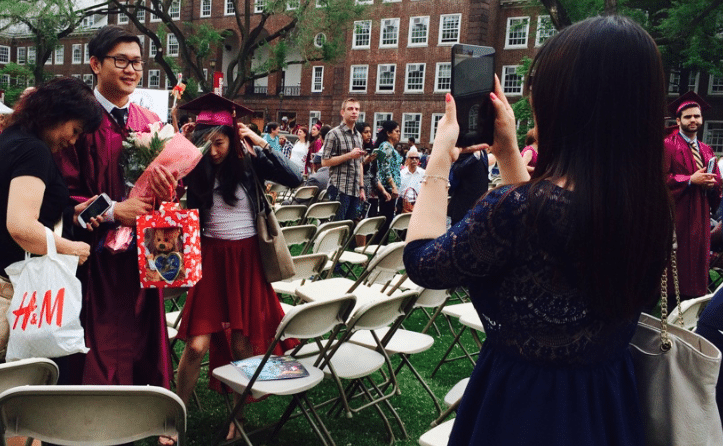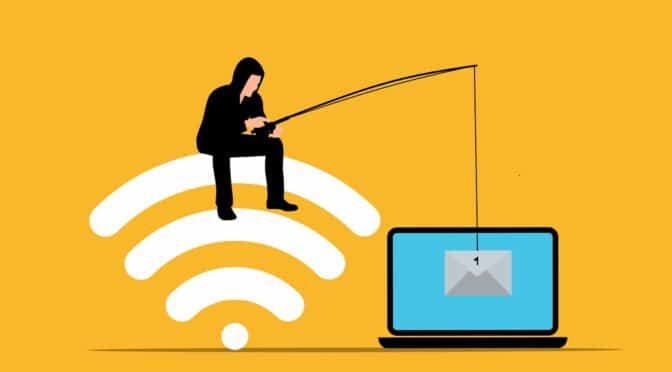By Danielle Brooks
“I just got my first student loan bill last month and I freaked!” Erica Bruno graduated with a B.A. in arts management from Delaware State University in 2015. And while she looks to the future and tries to build a career, her student loan debt of $28,000 makes her nervous. The new REPAYE program announced by the Obama Administration should make things easier for her.
Starting December 1, 2015, five million more borrowers will have the chance to cap the repayment of their student loans at 10 percent of what they earn, regardless of when they took out the loans.
Erica plans to jump at the chance. “It was my cousin who told me about the Income Based Repayment Program,” she said, “and when she told me it takes 10 percent of what I make I freaked again, but in a good way.”
Like Erica, 71 percent of those who earn a bachelor’s degree graduate with an average debt of about $29,000 and often struggle to pay it off while they move on with their lives. That’s why President Obama issued an Executive Order in 2014 to expand the existing Pay As You Earn or REPAYE program. It took a year to work out the kinks and the Department of Education announced plans to implement the new rule as of December.
At President Obama’s direction, the Department of Education laid out a plan that allows recent grads to manage their debt in a way that makes sense. In the original program, you had to have borrowed before 2007 to qualify. Now anyone with a direct federal loan can apply regardless of when you borrowed.
This gives you a real opportunity to get a handle on debt in a new way.
To qualify you need to make less per year than what you owe. So if you make $25,000 and owe $28,000, you’re in.
Keyana Cooper took advantage of the income based repayment plan through the original program. She needed to pay down $15,000 after she graduated from Hood College in Maryland in 2014. She plans to go to law school but in the meantime she says, “I’m relieved that there is a program that helps me pay off my student loans without hurting myself. I’m stress free and I get to enjoy my twenties!”
The new plan also sets a time limit on payment if you continue to struggle to pay your loan. If you took out a loan on or after July 1, 2014, the remaining debt gets forgiven after 20 years. Anyone who took out a loan before 2014, must wait 25 years before they can say goodbye to student debt they haven’t paid off yet.
You may want to do a little research to see how you can help yourself and make sure that you get the best repayment deal possible. The Department of Education outlines three types of repayment and gives you the opportunity, with an online tool, that let’s you see which one may work best:
· Income-Based Repayment Plan (IBR)
· Pay As You Earn Repayment Plan (Pay As You Earn)
· Income-Contingent Repayment Plan (ICR)
An important thing to remember:
The longer you put off paying, the worse it gets. Interest adds up and your outstanding student loan debt gets bigger and bigger.
Anyone interested in applying for the new REPAYE program can enroll or learn more at http://www.StudentAid.gov/IDR. Or the Department of Education suggests that you contact your loan servicer directly.



